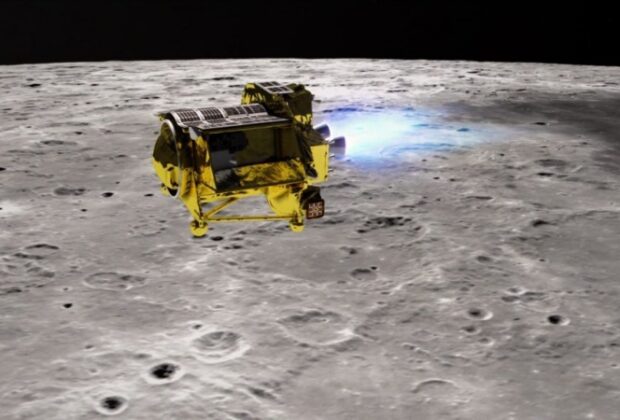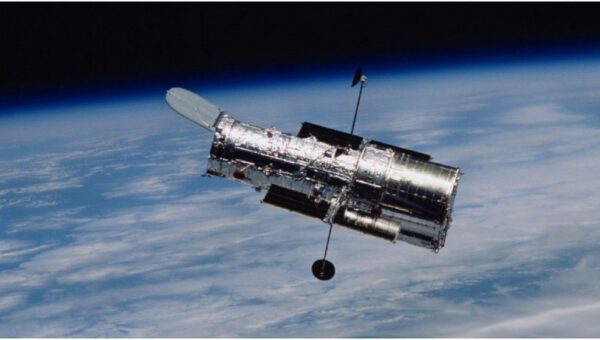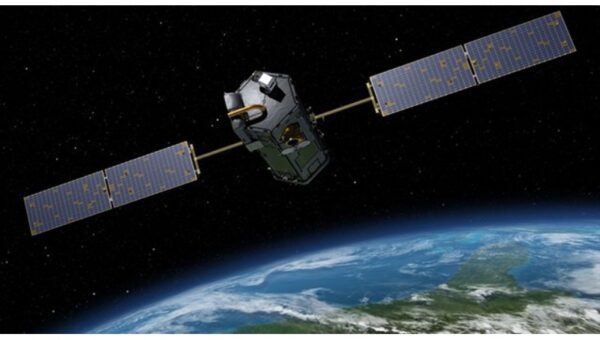In a significant move toward the nation’s anticipated first successful lunar landing next month, Japan’s SLIM space probe entered the moon’s orbit on Monday.
The “Moon Sniper” moniker comes from the Smart Lander for Investigating Moon (SLIM), which is intended to land on the lunar surface within 100 meters (328 feet) of a particular target.
After the United States, Russia, China, and India, Japan would become the fifth nation to have successfully landed a probe on the moon if the landing is successful.
As stated in a statement released Monday evening by the Japan Aerospace Exploration Agency (JAXA), SLIM “successfully entered the moon’s orbit at 04:51 pm Japan time” (0751 GMT) on Monday.
“Its trajectory shift was achieved as originally planned, and there is nothing out of the ordinary about the probe’s conditions,” the FBI stated.
According to JAXA, the lander is expected to begin its lunar descent on January 20 at approximately 12:00 a.m. Japan time, and it will land on the moon 20 minutes later.
After three delays due to inclement weather, the H-IIA rocket carrying the lander lifted off in September from the southern island of Tanegashima.
The mission would involve a “unprecedentedly high precision landing” on the moon, according to JAXA’s announcement this month.
The spherical probe that the lander is outfitted with was created in collaboration with a toy company.
It is about the size of a tennis ball and is able to change shape in order to move on the lunar surface.
Thanks to the culmination of a 20-year research effort, SLIM’s purported margin of error of less than 100 meters suggests a level of accuracy once thought impossible, compared to previous probes that landed “a few or 10-plus kilometers” away from targets, according to JAXA.
Shinichiro Sakai, JAXA’s SLIM project manager, told reporters this month that there is an increasing need to pinpoint targets on the lunar surface, such as craters and rocks, due to technological advancements.
“Gone are the days when merely exploring ‘somewhere on the moon’ was desired,” he stated.
Sakai continued, There is also great hope that SLIM’s accuracy will facilitate the sampling of lunar permafrost, taking scientists one step closer to solving the enigma surrounding the moon’s water resources.
Both of Japan’s missions—one public and one private—have failed.
As part of the US Artemis 1 mission, the nation sent the Omotenashi lunar probe, which was an unsuccessful endeavor last year.
Japanese startup ispace made a fruitless attempt to land on the moon in April, losing contact with its craft following what it called a “hard landing.”








